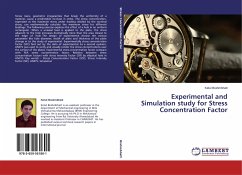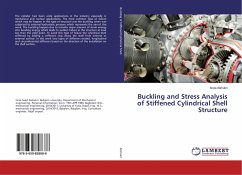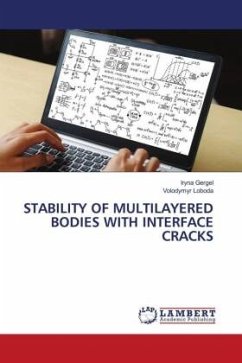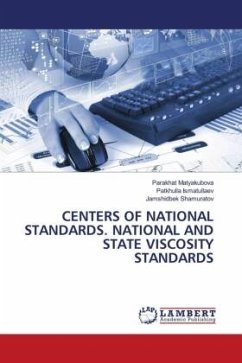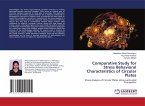Efforts made to understand the fracture behavior of structural materials in elastic and elasto-plastic fracture mechanics are numerous, whereas investigations related to fracture behavior of materials in thin plates or general yielding fracture regimes are limited in number. Theoretical solutions are available for idealized cases such as Infinite flat plate with edge crack, central crack etc. However main limitation of these theoretical solutions is they are very restrictive and while analyzing a normal component, a lot of assumptions go into it. Finite Element Analysis on the other hand provides good tool to determine Stress Intensity Factor. Cracks generally initiate at geometric discontinuities (such as notches, holes, weld toes, voids etc.) that induce large stress (stress concentration). Since crack growth is related to the effective stress intensity factor (SIF) which is at crack tip, the evaluation of Stress Intensity Factors for a crack emanating from a void is an important initial step in the fracture analysis of components.
Hinweis: Dieser Artikel kann nur an eine deutsche Lieferadresse ausgeliefert werden.
Hinweis: Dieser Artikel kann nur an eine deutsche Lieferadresse ausgeliefert werden.



